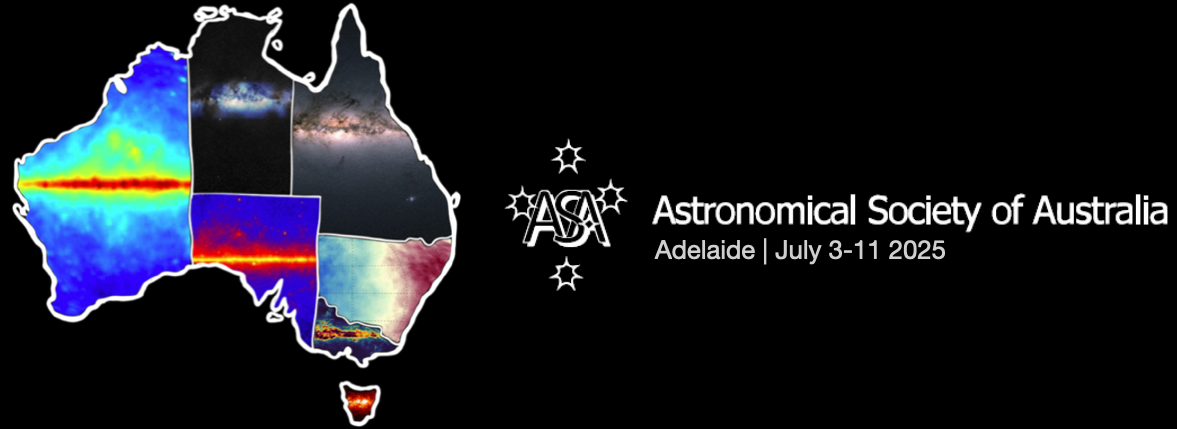Speaker
Description
Recent JWST observations have revealed an unexpected abundance of bright galaxies at z ≳ 12, both in the UV and as Lyman-α emitters, challenging standard galaxy formation models and our theoretical expectation of reionization in the early universe. Using a semi-analytic galaxy formation model, we find that while faint JWST galaxies align with predictions, bright galaxies require enhanced star formation efficiencies to be reconciled with theory. Some may instead be lower-redshift dusty or quiescent galaxies misclassified as high-z sources. We also explore the detectability of Lyman-alpha emission from these galaxies by integrating galaxy formation models with IGM reionization simulations. Our results indicate that intrinsic velocity offsets and reionization morphology significantly impact Lyman-alpha visibility, with low-mass galaxies driving reionization boosting detectability, as seen in JADES-GS-z13-1-LA (z = 13). Our findings underscore the need for spectroscopic follow-ups, improved reionization modeling, and refined simulations to accurately interpret JWST’s high-redshift discoveries.

